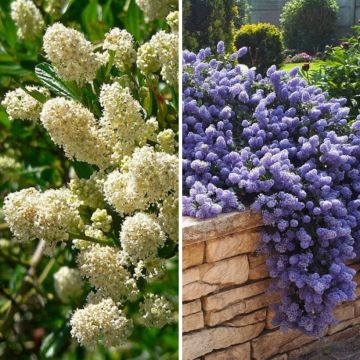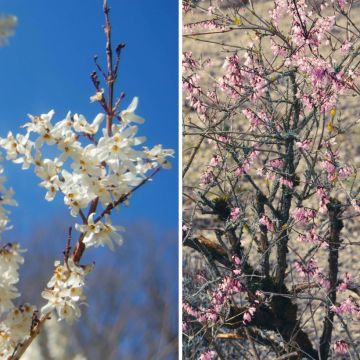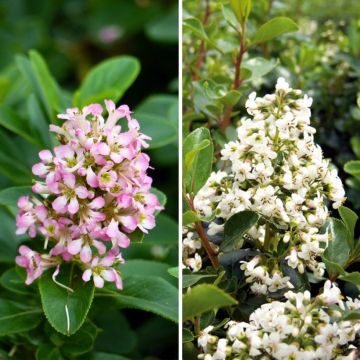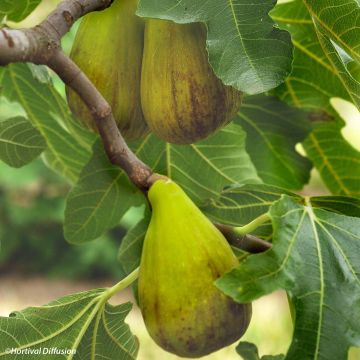Shipping country and language
Your country of residence may be:
Your country of residence is:
For a better user experience on our website, you can select:
Your shipping country:
Andorra
Austria
Belgium
Bulgaria
Canada
Chile
Croatia
Cyprus
Czechia
Denmark
Estonia
Finland
France
Germany
Greece
Hungary
Iceland
Ireland
Italy
Latvia
Lithuania
Luxembourg
Malta
Monaco
Netherlands
Poland
Portugal
Romania
Slovakia
Slovenia
Spain
Sweden
Switzerland
United Kingdom
We only deliver seed and bulb products to your country. If you add other products to your basket, they cannot be shipped.
Language:
French
German
Spanish
English
My Account
Hello
My wish lists
Plantfit
Log in / Register
Existing customer?
New customer?
Create an account to track your orders, access our customer service and, if you wish, make the most of our upcoming offers.
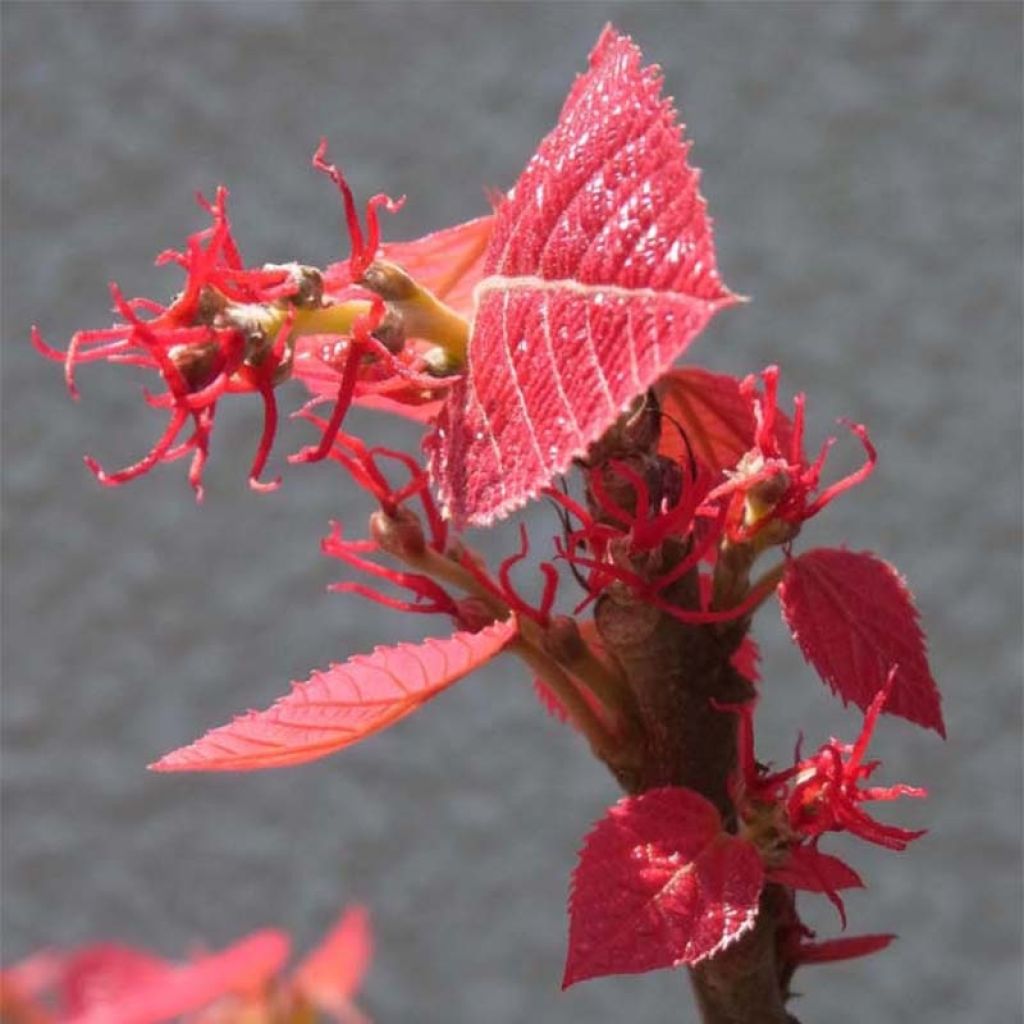

Alchornea davidii


Alchornea davidii
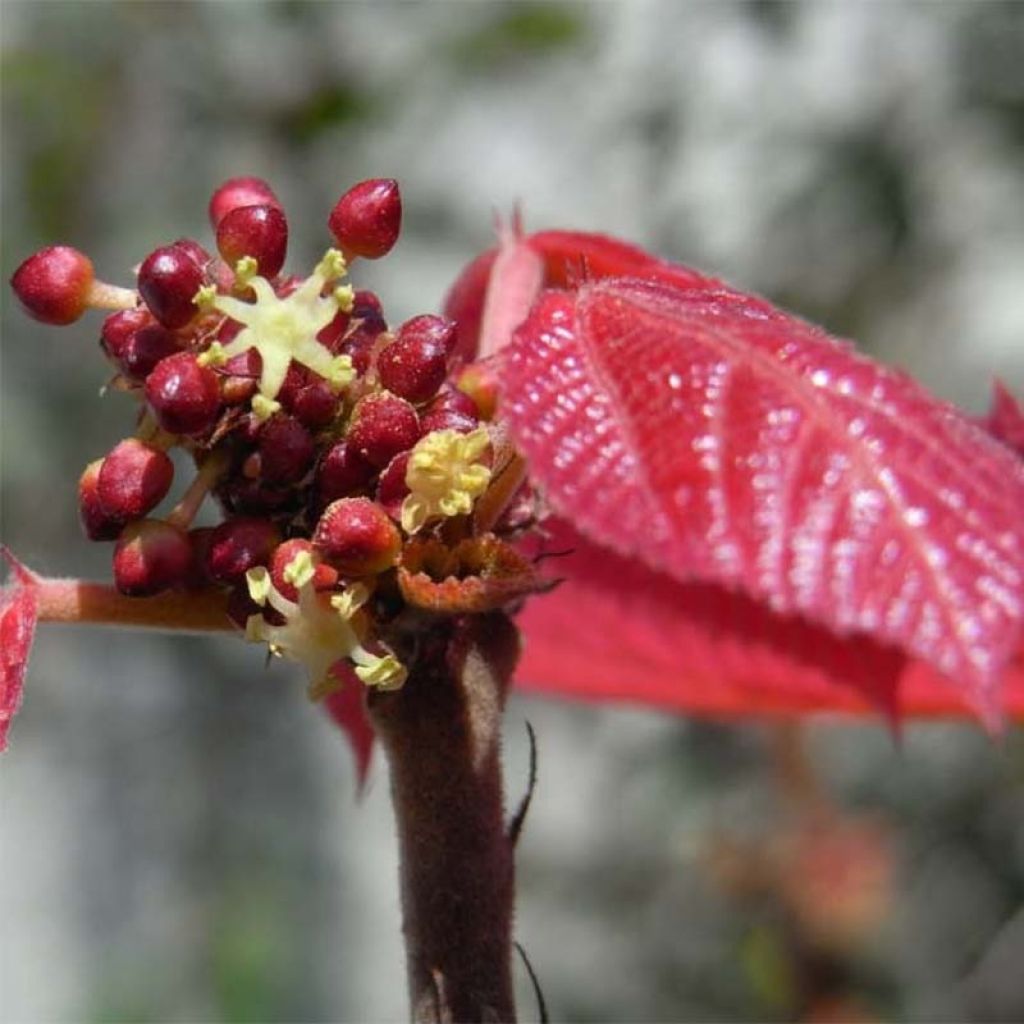

Alchornea davidii
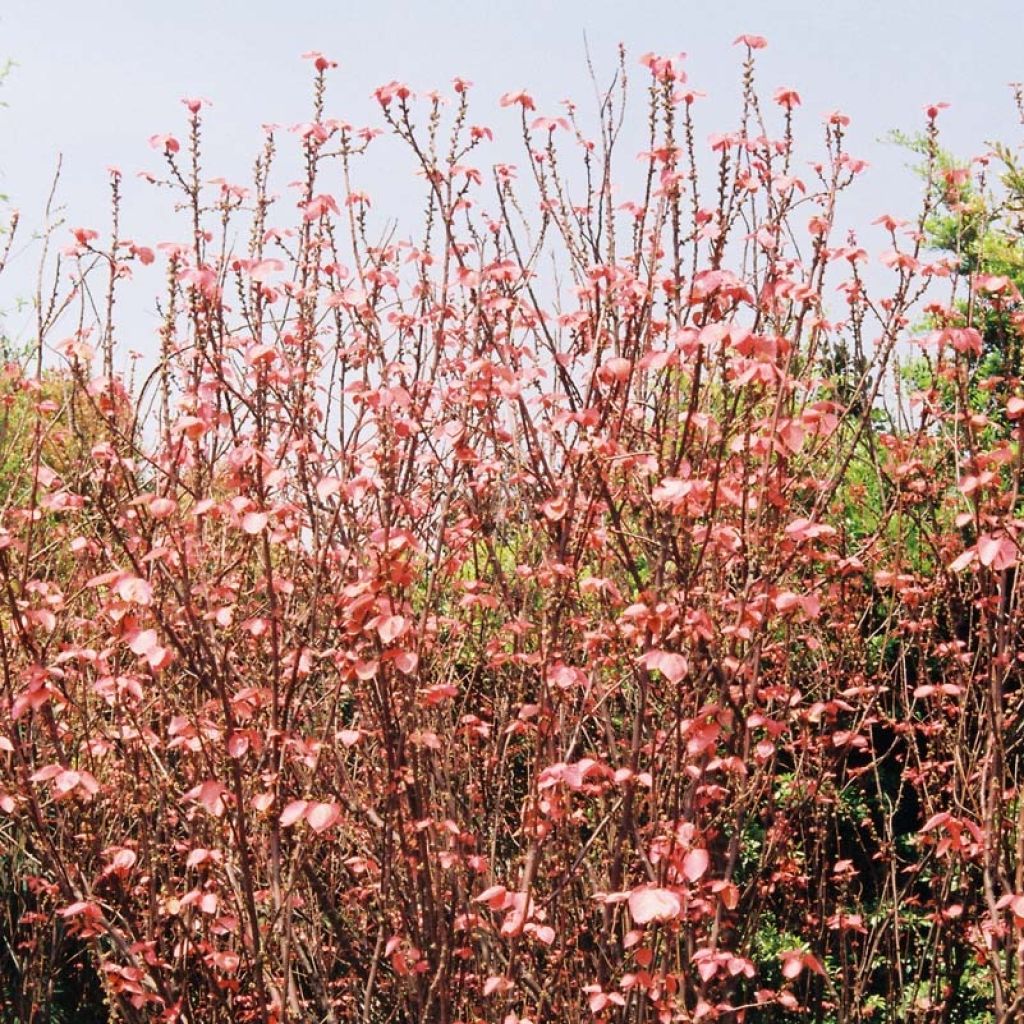

Alchornea davidii
View more pictures
Hide images

Jean-Claude A.

Alchornea davidii
Jean-Claude A. • 67 FR

Jean-Claude A.

Alchornea davidii fleurs femelles
Jean-Claude A. • 67 FR
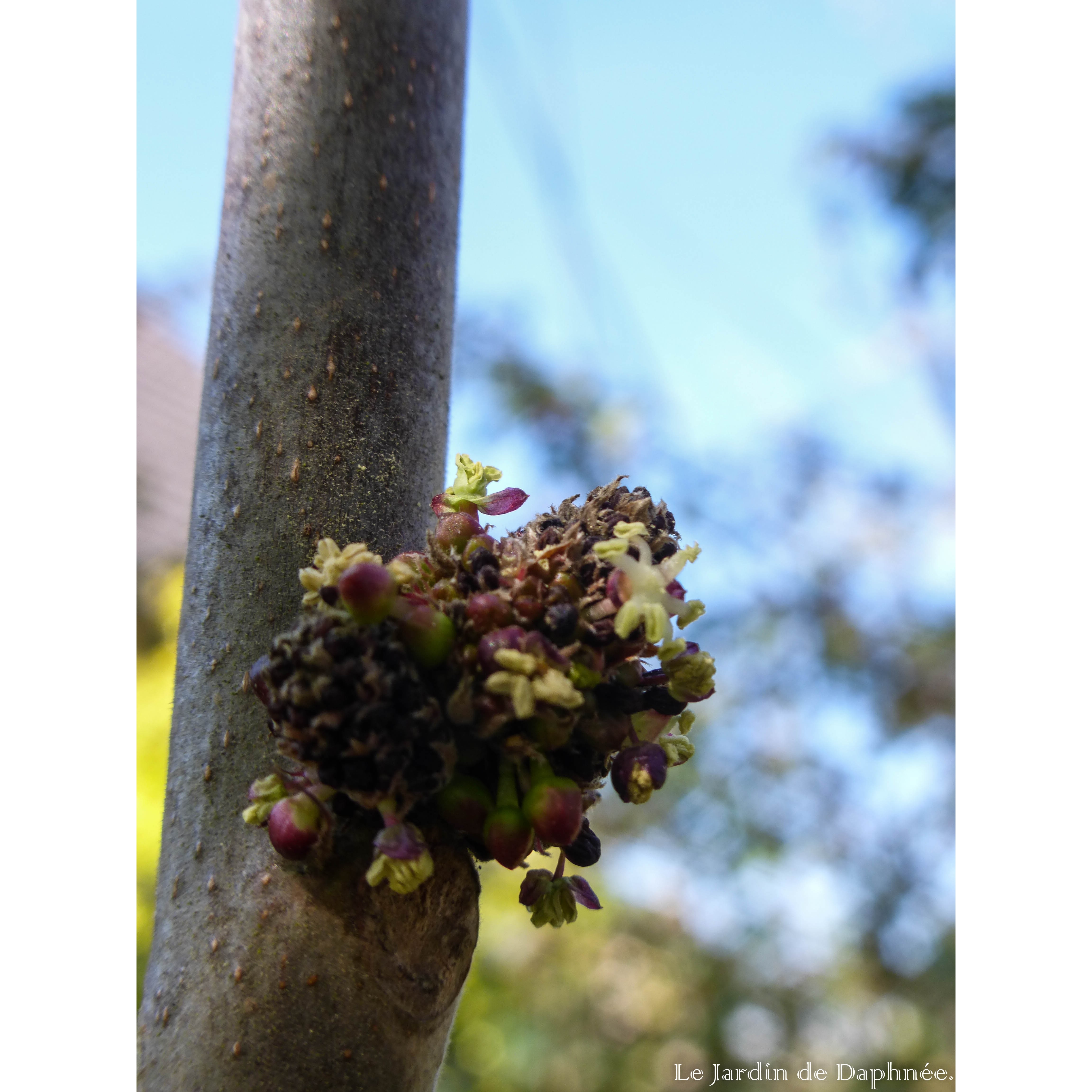
Jean-Claude A.

Alchornea davidii fleurs mâles
Jean-Claude A. • 67 FR
Alchornea davidii
Alchornea davidii
David's alchornea
Superb bush that I've had for twelve years, salmon-pink leaves of great beauty in spring, the young plant is 2.50 meters (8 feet) tall and 1 meter (3 feet) wide, suckering, cold-resistant. Originally, it was a gift from my friend André Eve, the great rose grower.
Jean-Claude, 04/02/2020
Why not try an alternative variety in stock?
View all →Order in the next for dispatch today!
Dispatch by letter from €3.90.
Delivery charge from €5.90 Oversize package delivery charge from €6.90.
More information
This item is not available in your country.
Schedule delivery date,
and select date in basket
This plant carries a 24 months recovery warranty
More information
We guarantee the quality of our plants for a full growing cycle, and will replace at our expense any plant that fails to recover under normal climatic and planting conditions.
From €5.90 for pickup delivery and €6.90 for home delivery
Express home delivery from €8.90.
Does this plant fit my garden?
Set up your Plantfit profile →
Description
Alchornea davidii caused a sensation when it was presented in Saint-Jean-de-Beauregard in spring 2017: sparsely branching, this unusual species of the euphorbia family has bright fuchsia pink young shoots, visible from afar, and juvenile foliage of salmon pink unfolding into large pale yellow leaves that turn green in summer, and then beautiful autumn colors. Native to subtropical regions of China, it can nevertheless withstand our winters. Tolerant of limestone soils, this surprising bush with a festive appearance should thrive in many regions.
Originally from central and eastern China, Alchornea davidii (synonym Acalypha silvestrii) is a deciduous shrub belonging to the large family of Euphorbiaceae. In nature it is found in valleys, on slopes near waterways, and in deciduous forests. The few species that make up the genus Alchornea are mostly native to Africa and do not tolerate frost. This shrub loses its leaves in winter, sometimes tolerates -20°C by regrowing from the stump, and grows in any soil that is not too dry, well-drained, and sufficiently deep.
With a moderately fast growth rate, this bush will rarely exceed 2m (6 ft 6 in) in height with a spread of 1m (3 ft 4 3 in) at maturity in European climates. Its habit is upright and narrow, supported by a few erect, contained branches. Its stump produces suckers, allowing it to spread in width over time. The trunk and young branches are slightly powdery, ranging in colour from brown to grey. In spring, the branches bear buds that are bright pink. They unfold into heart-shaped leaves, with a papyraceous texture, measuring 8-15 cm (3 - 6 in) long by 7-14 cm (2 - 6 in) wide. The undersides of the leaves are downy. Their colour is a soft salmon-pink that quickly turns to pale yellow and then to bright green, before taking on shades of orange and red in autumn. The colouration of the young leaves varies depending on their exposure, as well as the contrast between daytime and nighttime temperatures. Flowering occurs shortly after the appearance of the new leaves, in April-May, in the axils of the leaves along the branches. These are small clusters of flowers that will be either male or female, arranged in different locations on this plant that is classified as dioecious. The red floral buds open into discreet flowers, without petals, with greenish bracts and red stamens or red pistils depending on the sex of the flowers. The female inflorescences are slightly more developed than the male ones.
This bush offers fascinating spring colours that are rare in our European gardens. Its cold resistance and adaptability make it an excellent choice as a specimen plant in the middle of a lawn, or even better, mixed with white spring-flowering shrubs such as white spireas or serviceberries. It will also form a beautiful combination with a small climbing clematis with summer flowering that will soften its somewhat rigid habit in spring and flower on its branches in summer. Fans of pink and salmon foliage will also appreciate the Toona sinensis Flamingo and the Acer Brilliantissimum, with which it can be combined in a moist soil.
Alchornea davidii in pictures




Plant habit
Flowering
Foliage
Botanical data
Alchornea
davidii
Euphorbiaceae
David's alchornea
China
Planting and care
Alchornea davidii is preferably planted in spring in more northern regions, and in early autumn in milder climates. Choose a location sheltered from cold, dry winds that could scorch its young shoots. A sunny or partially shaded site is suitable, as sunlight enhances the intensity of the colours. It appreciates deep, soft, fertile, and well-drained soils. It tolerates the presence of limestone in the soil and adapts to slightly acidic soils if they are not too poor. Resistant to -20°C (-4 °F), it is capable of regrowing from the stump if its branches have been affected by frost. This bush is sensitive during its early years, especially in heavy and humid soils: lighten your garden soil if necessary with the addition of river sand, gravel, or pumice. In very cold regions, protect young plants with winter fleece and mulch the base.
It is an easy-to-cultivate plant that requires little maintenance. You can remove suckers from the stump if you want to limit crowding at ground level. Pruning, if necessary, should be done in autumn.
Planting period
Intended location
Care
- , onOrder confirmed
Reply from on Promesse de fleurs
Striking foliage shrubs
Haven't found what you were looking for?
Hardiness is the lowest winter temperature a plant can endure without suffering serious damage or even dying. However, hardiness is affected by location (a sheltered area, such as a patio), protection (winter cover) and soil type (hardiness is improved by well-drained soil).

Photo Sharing Terms & Conditions
In order to encourage gardeners to interact and share their experiences, Promesse de fleurs offers various media enabling content to be uploaded onto its Site - in particular via the ‘Photo sharing’ module.
The User agrees to refrain from:
- Posting any content that is illegal, prejudicial, insulting, racist, inciteful to hatred, revisionist, contrary to public decency, that infringes on privacy or on the privacy rights of third parties, in particular the publicity rights of persons and goods, intellectual property rights, or the right to privacy.
- Submitting content on behalf of a third party;
- Impersonate the identity of a third party and/or publish any personal information about a third party;
In general, the User undertakes to refrain from any unethical behaviour.
All Content (in particular text, comments, files, images, photos, videos, creative works, etc.), which may be subject to property or intellectual property rights, image or other private rights, shall remain the property of the User, subject to the limited rights granted by the terms of the licence granted by Promesse de fleurs as stated below. Users are at liberty to publish or not to publish such Content on the Site, notably via the ‘Photo Sharing’ facility, and accept that this Content shall be made public and freely accessible, notably on the Internet.
Users further acknowledge, undertake to have ,and guarantee that they hold all necessary rights and permissions to publish such material on the Site, in particular with regard to the legislation in force pertaining to any privacy, property, intellectual property, image, or contractual rights, or rights of any other nature. By publishing such Content on the Site, Users acknowledge accepting full liability as publishers of the Content within the meaning of the law, and grant Promesse de fleurs, free of charge, an inclusive, worldwide licence for the said Content for the entire duration of its publication, including all reproduction, representation, up/downloading, displaying, performing, transmission, and storage rights.
Users also grant permission for their name to be linked to the Content and accept that this link may not always be made available.
By engaging in posting material, Users consent to their Content becoming automatically accessible on the Internet, in particular on other sites and/or blogs and/or web pages of the Promesse de fleurs site, including in particular social pages and the Promesse de fleurs catalogue.
Users may secure the removal of entrusted content free of charge by issuing a simple request via our contact form.
The flowering period indicated on our website applies to countries and regions located in USDA zone 8 (France, the United Kingdom, Ireland, the Netherlands, etc.)
It will vary according to where you live:
- In zones 9 to 10 (Italy, Spain, Greece, etc.), flowering will occur about 2 to 4 weeks earlier.
- In zones 6 to 7 (Germany, Poland, Slovenia, and lower mountainous regions), flowering will be delayed by 2 to 3 weeks.
- In zone 5 (Central Europe, Scandinavia), blooming will be delayed by 3 to 5 weeks.
In temperate climates, pruning of spring-flowering shrubs (forsythia, spireas, etc.) should be done just after flowering.
Pruning of summer-flowering shrubs (Indian Lilac, Perovskia, etc.) can be done in winter or spring.
In cold regions as well as with frost-sensitive plants, avoid pruning too early when severe frosts may still occur.
The planting period indicated on our website applies to countries and regions located in USDA zone 8 (France, United Kingdom, Ireland, Netherlands).
It will vary according to where you live:
- In Mediterranean zones (Marseille, Madrid, Milan, etc.), autumn and winter are the best planting periods.
- In continental zones (Strasbourg, Munich, Vienna, etc.), delay planting by 2 to 3 weeks in spring and bring it forward by 2 to 4 weeks in autumn.
- In mountainous regions (the Alps, Pyrenees, Carpathians, etc.), it is best to plant in late spring (May-June) or late summer (August-September).
The harvesting period indicated on our website applies to countries and regions in USDA zone 8 (France, England, Ireland, the Netherlands).
In colder areas (Scandinavia, Poland, Austria...) fruit and vegetable harvests are likely to be delayed by 3-4 weeks.
In warmer areas (Italy, Spain, Greece, etc.), harvesting will probably take place earlier, depending on weather conditions.
The sowing periods indicated on our website apply to countries and regions within USDA Zone 8 (France, UK, Ireland, Netherlands).
In colder areas (Scandinavia, Poland, Austria...), delay any outdoor sowing by 3-4 weeks, or sow under glass.
In warmer climes (Italy, Spain, Greece, etc.), bring outdoor sowing forward by a few weeks.


